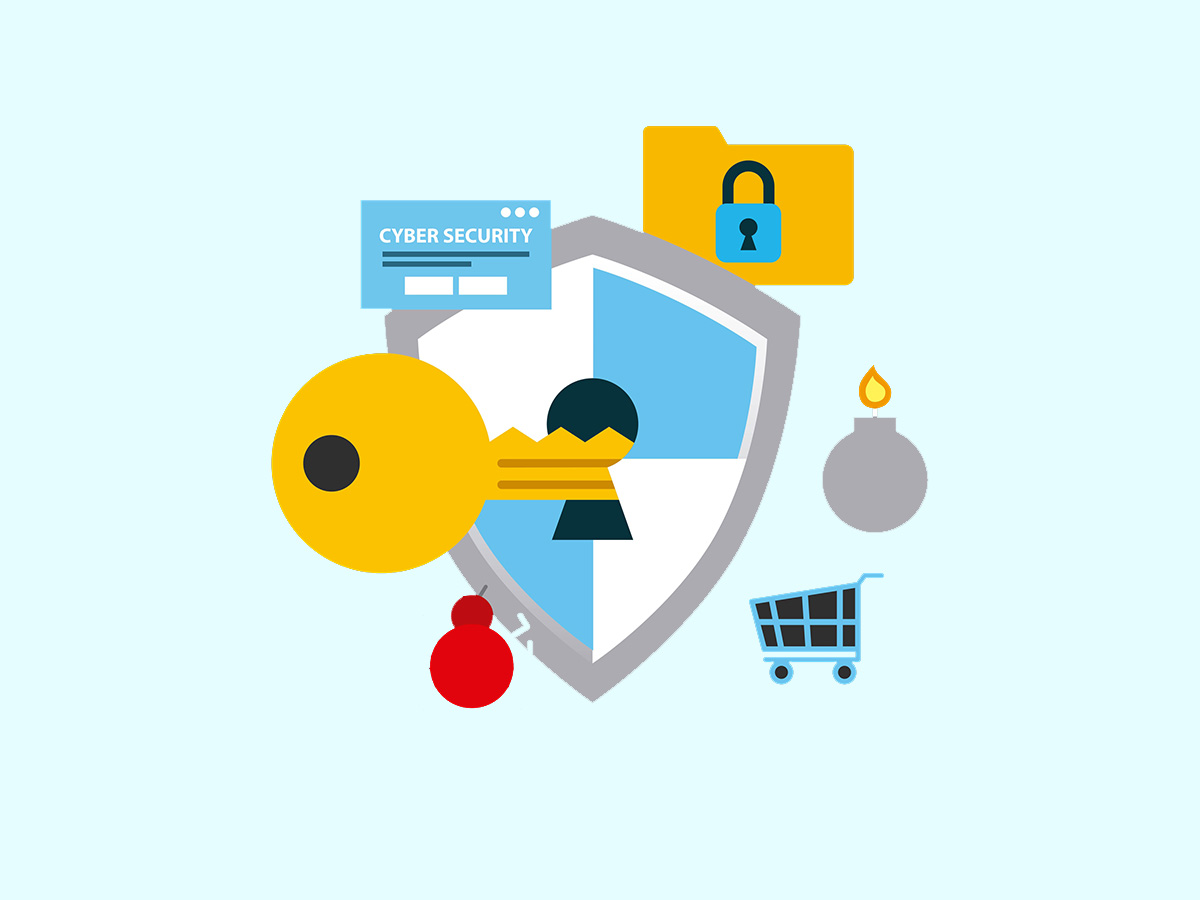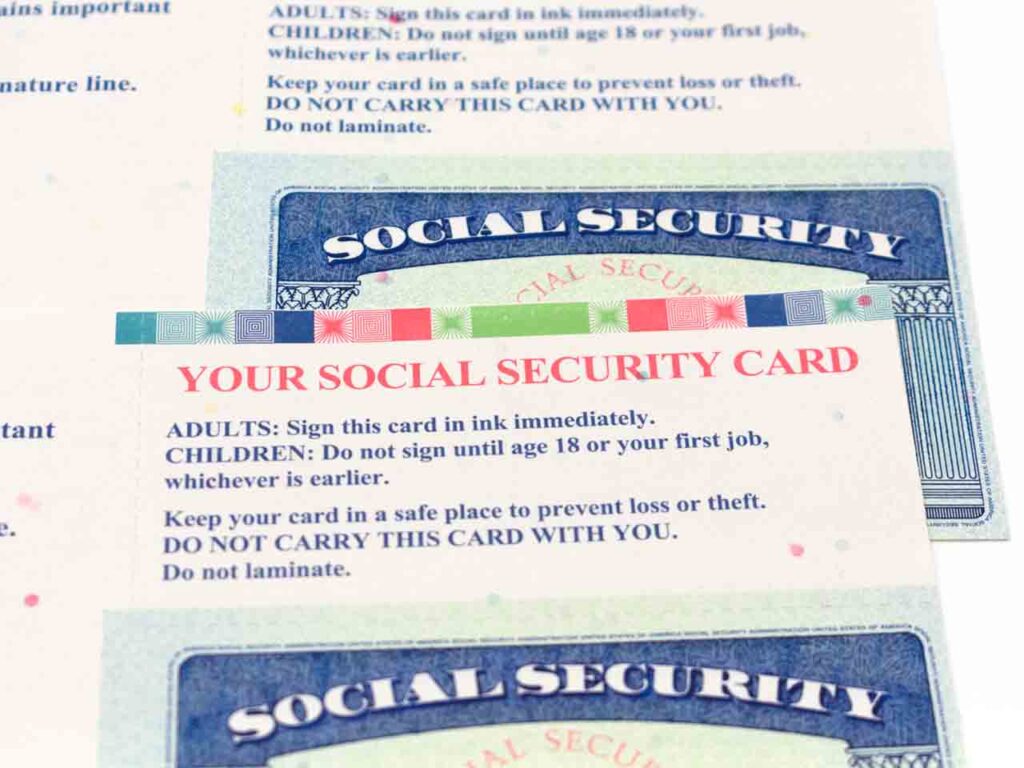PCI DSS stands for Payment Card Industry Data Security Standard. It is a set of security standards designed to ensure that all companies that accept, process, store, or transmit credit card information maintain a secure environment.
The PCI DSS is governed by the Payment Card Industry Security Standards Council (PCI SSC), which was founded by major card brands such as Visa, MasterCard, American Express, Discover, and JCB.

Stay One Step Ahead of Cyber Threats
PCI DSS compliance is categorized into four different levels based on the volume of transactions a merchant processes annually.
The levels are designed to ensure that appropriate security measures are in place for different sizes and types of businesses.
What Are the 4 PCI Compliance Levels?
PCI Compliance Levels are based on the annual transaction volume of a merchant or service provider. There are four levels in total, with Level 1 having the strictest requirements and Level 4 having the least stringent requirements:
| PCI Compliance Level | Transaction Volume per Year |
|---|---|
| Level 1 | Over 6 million transactions |
| Level 2 | 1 million to 6 million transactions |
| Level 3 | 20,000 to 1 million e-commerce transactions |
| Level 4 | Fewer than 20,000 e-commerce transactions or up to 1 million transactions (across all channels) |
PCI Compliance Concepts and Resources
Some essential concepts in PCI compliance include:
| Term | Description |
|---|---|
| Cardholder Data | Information stored on a credit card, including PAN, cardholder name, expiration date, and security code. |
| Self-Assessment Questionnaire (SAQ) | A tool used by merchants and service providers to evaluate their PCI compliance status. |
| Approved Scanning Vendor (ASV) | A company authorized by the PCI SSC to perform external vulnerability scans on merchants’ and service providers’ networks. |
Key resources for understanding and achieving PCI compliance:
- PCI Security Standards Council (PCI SSC) website: https://www.pcisecuritystandards.org
- PCI DSS Quick Reference Guide: https://www.pcisecuritystandards.org/documents/PCI_DSS-QRG-v3_2_1.pdf
- PCI DSS Self-Assessment Questionnaire (SAQ) Instructions and Guidelines: https://www.pcisecuritystandards.org/documents/SAQ-InstrGuidelines-v3_2_1.pdf
PCI DSS Levels for Service Providers
Service Providers are organizations that process, store, or transmit cardholder data on behalf of merchants. The PCI DSS levels for service providers are:
| PCI Compliance Level for Service Providers | Transaction Volume per Year |
|---|---|
| Level 1 | Over 300,000 transactions |
| Level 2 | Fewer than 300,000 transactions |
How to Pass Your PCI DSS Audit?
To successfully pass a PCI DSS audit, merchants and service providers should:
- Understand their specific PCI DSS requirements based on their level
- Complete the appropriate Self-Assessment Questionnaire (SAQ) and remediate any identified gaps
- Regularly perform vulnerability scans and penetration tests, as required
- Maintain proper documentation, including policies, procedures, and network diagrams
- Train staff on PCI DSS requirements and secure data handling practices
- Work with a Qualified Security Assessor (QSA) or an Internal Security Assessor (ISA) to assess their compliance, if required
- Continuously monitor and improve their security posture to maintain compliance and protect cardholder data
Remember that PCI compliance is an ongoing process and requires regular evaluation and adjustments to ensure the security of cardholder data.
"Amateurs hack systems, professionals hack people."
-- Bruce Schneier, a renown computer security professional






